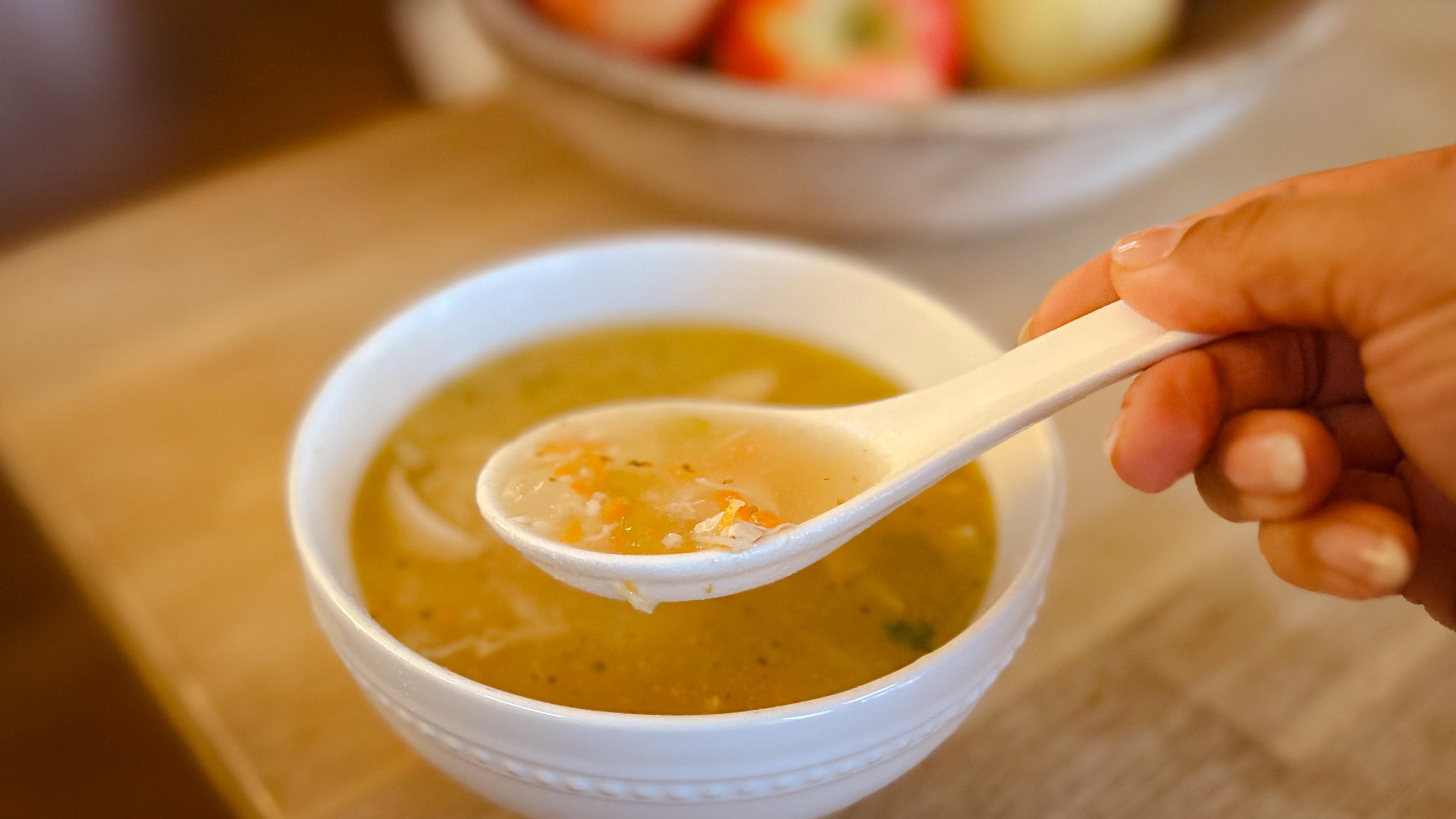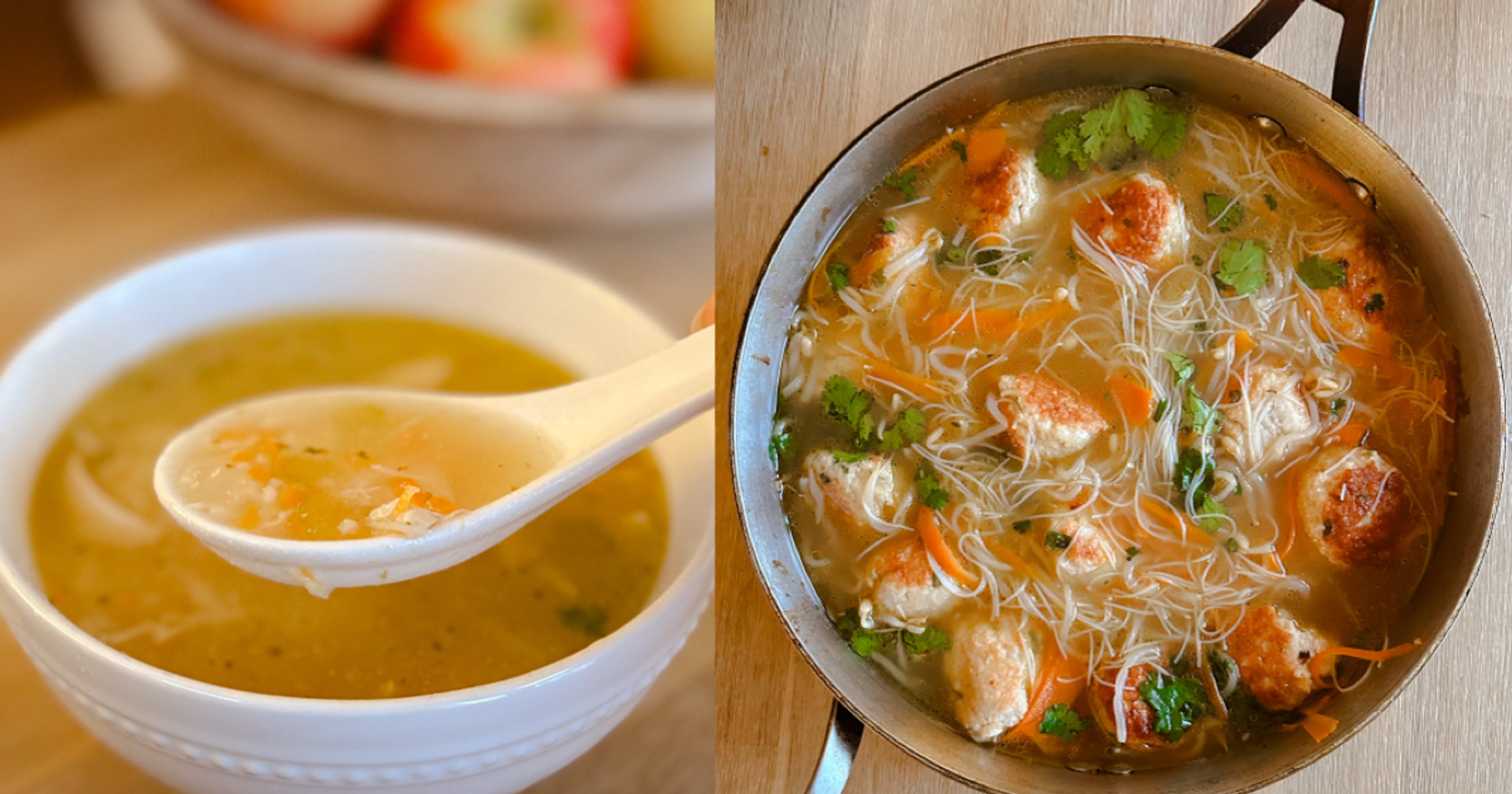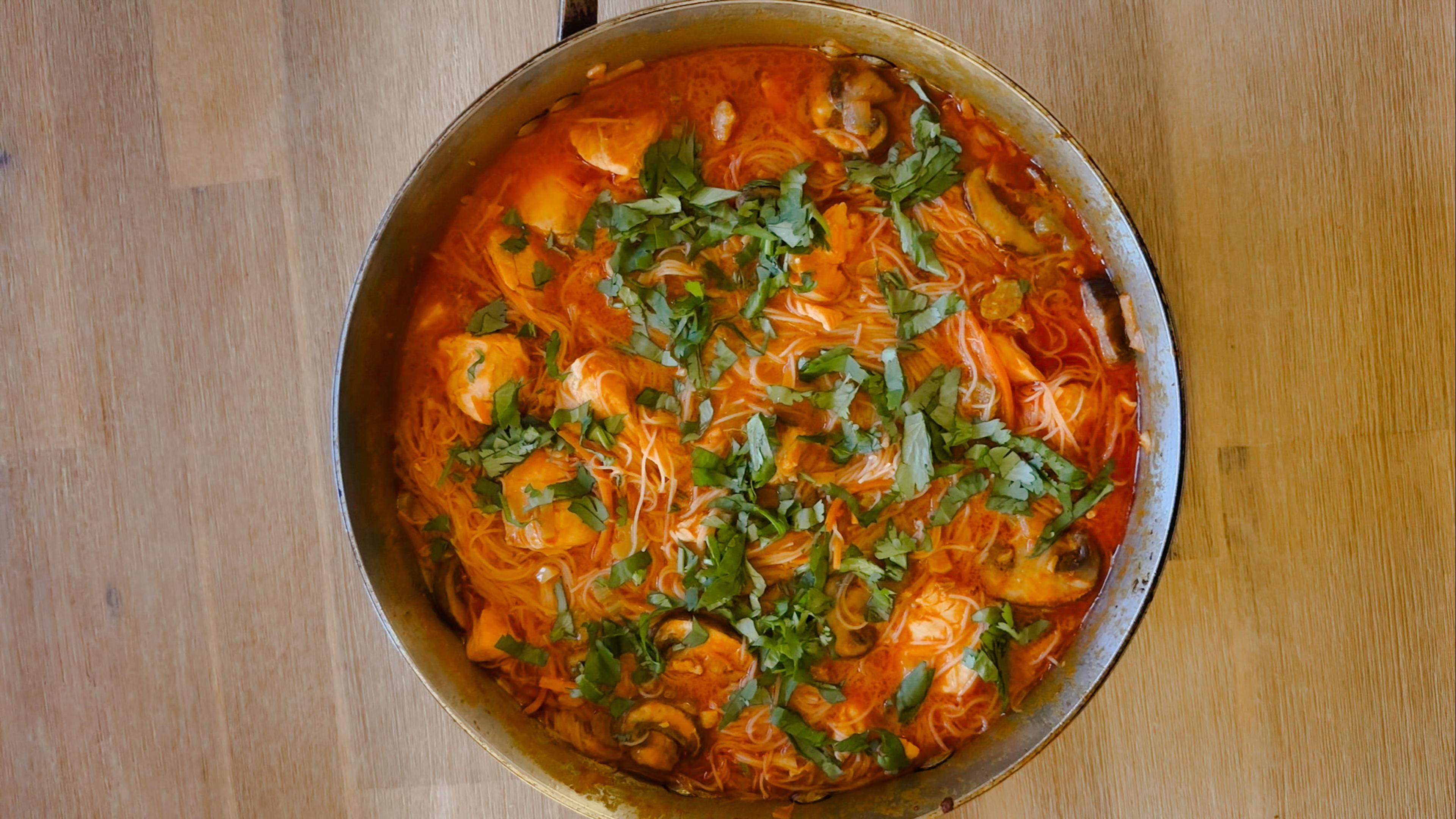Hidden Sources of Sugar in Your Breakfast
Shandra Martinez
| 3 min read

If you’re working hard to eat healthy, you know there’s lots of conversations around how added sugar can sneak into meals and really start to add up during the day. While we might expect to be getting sugar when we munch on a couple cookies or treat ourselves to an ice cream cone, some people are surprised to learn their favorite brand of salad dressing or eggroll dipping sauce is high in sugar. This can be especially true when you look at your first meal of the day. Let’s talk about all the hidden sources of sugar in your breakfast.
What are added sugars and why are they unhealthy?
When we’re talking about added sugars, we are not talking about sugars that occur naturally, like those found in fruits. Added sugars include things like honey, white table sugar, brown sugar, rice syrups, sucrose and dextrose. Those are the sugars and sweeteners that are listed on the ingredient labels of things like cakes, cookies, snack bars and many other foods.
The Centers for Disease Control and Prevention (CDC) has said excess sugar has become a problem for American adults and children. The current dietary guidelines call for people age 2 and older to limit added sugars to 10% or less of their daily calories. This would be about 12 teaspoons of added sugar (about 200 calories) for a person eating 2,000 calories each day. The CDC recommends children younger than 2 not be given any added sugars.
A recent survey of sugar intake found that men and women over age 20 averaged about 17 teaspoons of added sugar each day. Too much sugar can contribute to health problems like Type 2 diabetes, weight gain and heart disease, the CDC said.
Added sugar at breakfast
Starting off your day with a big serving of hidden sugars can plunge you into a deficit if you’re trying to get healthy or maintain your weight. Here are some of the ways hidden sugars can creep into your breakfast,
- Donuts, pastries and coffee cakes. Whether they are pre-packaged from the store or picked up at your local bakery, these are really desserts. The fact that these sweet treats typically contain lots of added sugar should be no surprise.
- Fruit juices. Orange, apple or grape juice frequently show up on breakfast tables and on breakfast menus when you’re eating out. Many of these have as much added sugar as soda. If you’re buying a brand at the store, read the ingredient label to see the amount of added sugars. If you love juice, look for unsweetened varieties and those labeled 100% juice. But it's best to keep even 100% fruit juice to a minimum.
- Coffee and tea drinks. Black coffee, black tea and most varieties of herbal tea all fall under the sugar-free category. But the popular lattes, mochas, chai tea blends and other gourmet coffee drinks often have added sugars in the form of flavored syrups, whipped cream and other ingredients. These drinks are really a hot or iced dessert.
- Waffles and pancakes. By themselves, these weekend breakfast staples don’t have a lot of added sugar, especially if you make them from scratch at home. But once you drown them in syrup or spread them with jam and whipped cream, the extra sugar can add up quickly.
- Breakfast cereals. Bowls of cereal may be a quick and easy breakfast, but learn to be a label reader so you don’t select brands that pack lots of added sugar.
- Yogurt. This is another food you want to do a label check on before you start your day with a container of it and a spoon. Lots of brands of yogurt contain spoonfuls of added sugar.
When it comes to breakfast foods, being a label detective looking for added sugars will help keep your first meal of the day healthy.
Photo credit: Getty Images





